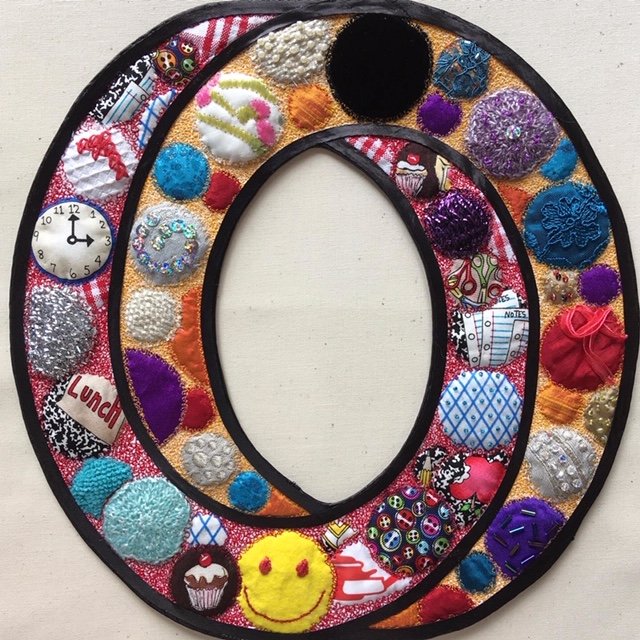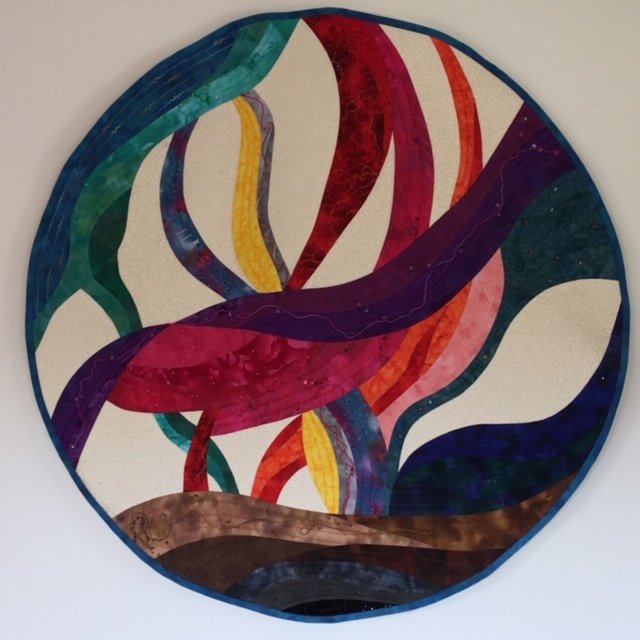
Transforming threads of Life
Stitch on fabric is like a letter on paper; a collection of stitches makes a word, a sentence and ultimately a story.
And stories communicate what we value, they link past to present, they voice our concerns, our feelings, our dilemmas and all we feel is important to us and our world.
Story telling through the medium of stitch and cloth is nothing new. For centuries, mainly women but some men too, have been stitching their stories, many of them outpouring what had no acceptable stage other than through the secret canvas of cloth.
Background
I come from a Portuguese background where my female ancestors were confined to ‘women’s’ work. Cloth, thread and stitch was a much used medium for their documenting anything from their own hopeful wishes to shouting cries of anger and rebellion.
I carry the urge to continue this lineage of documentation with a particular interest in the transformational aspect of the process of stitching. As a clinical psychologist by profession I am fascinated by the possibility of transforming aspects of life that hinder fully alive and engaged living into alternatives that liberate the bonds of conditioning.
Transformation
Stitching can provide the opportunity to undergo a similar process of transformation, not only transforming the piece of cloth by making stitch marks but also, when done within certain therapeutic conditions, a parallel process of inner transformation can take place.
And so my work as an artist is inspired by this fascination and engagement with the human condition. Although some of my works are very personal and tell the story of my own process, my stance is that our threads of life are not that different from each other; we are all human, we all come into a world that is not of our making and at some stage we all grapple with how to deal with the ‘pack of cards’ we have inherited and are in our hands.
The gallery consists of two sections.
The first is work that originates from my inner world, work that I don’t intellectually choose but rather feel compelled to do. The psychological practice of journaling, dream analysis, stillness, meditation and body movement often reveals what wants or needs to be said. I choose to give it time, space and engagement. This is what inspires my work.
The second is work where the inspiration comes from the outside world.
There are two sub-sections: SixDames and Other.
I belong to a group called SixDames, an Anglo-French collaboration of six women. Every three months one member provides an image or theme and all six members create art stimulated by that inspiration.
Other comprises work that I have done either as part of my City and Guilds course or some other interest. Here again, the inspiration comes from the outer environment; the work is a response to a demand.




